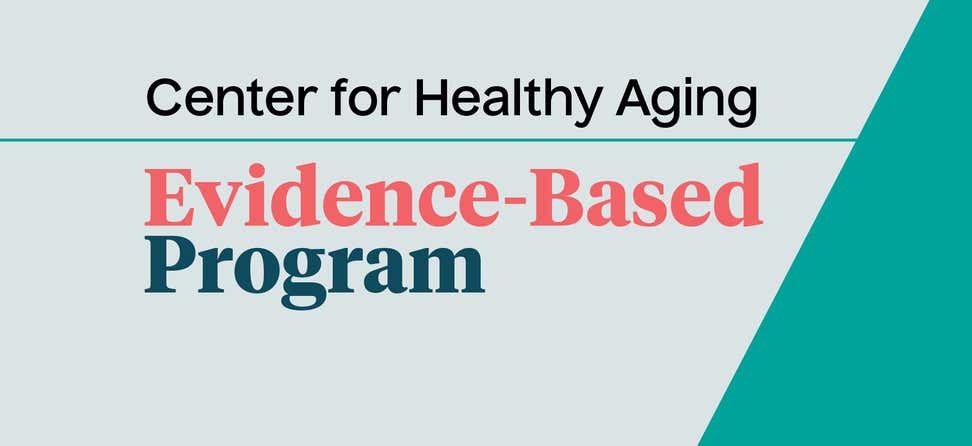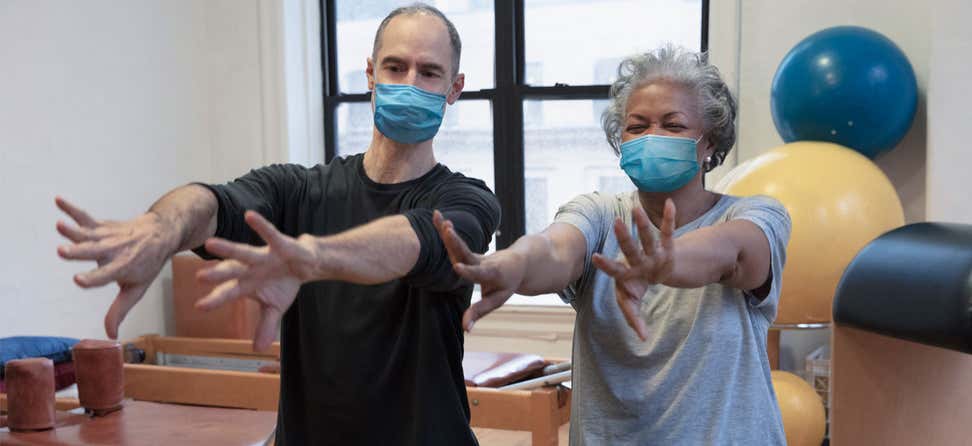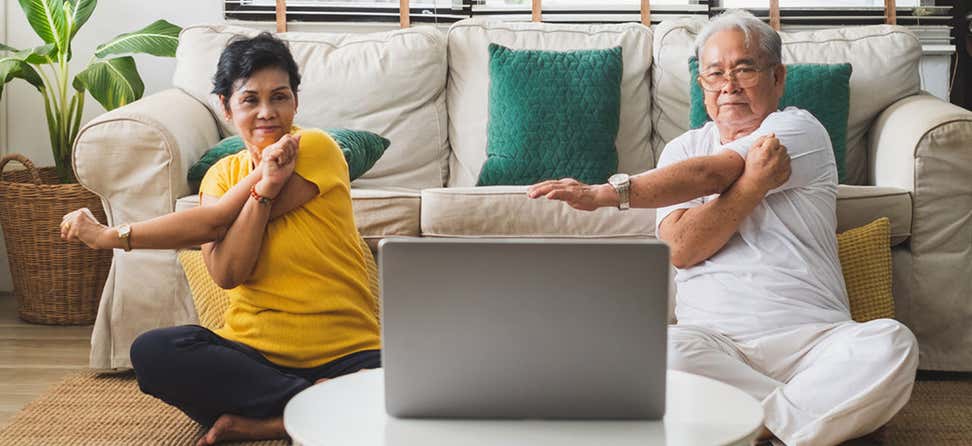Key Takeaways
Team a nurse, an occupational therapist, and a handy worker to modify the home of an older adult.
Learn how you or a loved one can age in place with CAPABLE, a program developed by the Johns Hopkins School of Nursing.
CAPABLE is a program developed at the Johns Hopkins School of Nursing for older adults to safely age in place. The approach teams a nurse, an occupational therapist and a handy worker to modify the home environment. The program emphasizes the strengths of the older adults themselves to help them set goals and improve safety and independence.
Online clinician training and implementation support is available for organizations interested in beginning CAPABLE programs. Programs are typically a partnership among community based, health and/or housing organizations due to the interprofessional team required. The Johns Hopkins CAPABLE team provides ongoing clinician and implementation support. Evaluation and sustainability guidance is also available.
Each site examines their own organizational capacity and protocols around home visits and safety given the COVID-19 virus. Johns Hopkins University (JHU) has provided guidance on how to conduct a limited number of visits via audio/phone conference, once the participant’s interest, technology, and personal ability has been determined. Organizations will follow JHU guidance to make a case-by-case determination and will provide data on the visits (if any) that are conducted virtually.
Additional topic includes caregiver support.
Note: Track health promotion program guidance during COVID-19 regularly for updates to program implementation and training options. Programs traditionally implemented in-person may be temporarily allowable by telephone or online.
- Target audience: Organizations generally determine participant eligibility criteria that fit the needs of their location. The evidence base of CAPABLE is with people who: Are older adults (over 60); are cognitively intact; and have some or a lot of difficulty in performing Activities of Daily Living (ADLs), such as bathing, dressing, grooming, or walking across a small room.
- Health outcomes:
- Better function
- Lower hospitalization rates
- Decreased nursing home admission
- Lower disability
- Decreased depression
- Delivered by: Occupational therapist, nurse, and handy worker
- Program type: Individual
- Format: In-person at home
- Length: A five-month period is recommended
- Training: Clinician asynchronous online training; administrative consultation with CAPABLE Director of Implementation and Evaluation; ongoing clinician and administrative office hours; cross-program communication platform
- Professional required: Yes, the occupational therapist (OT), registered nurse (RN), and handy worker come to the home to deliver services over a 5-month period. In most cases, the OT makes 6 visits, the nurse makes 4 visits, and the handy worker makes 1 to 2 visits. The program can be completed in fewer visits, though they recommend not less than 4 OT visits and 3 RN visits for participants to achieve benefit. (Generally, the OT starts the visits followed by the RN). Visits are spaced to enable older adults to practice new strategies learned in the previous visit. At times, a visit may need to be rescheduled given unforeseen circumstances. However, it is not recommended that the program extend for more than 6 months. There should be a clear “conclusion/graduation,” with the older adult understanding how to use their new skills and apply them to future situations.
- Accessibility adaptations available: Yes
- Cultural adaptations available: Yes
- Available in languages other than English: Spanish, Vietnamese, Japanese, Russian
- Topic(s):
- Physical Activity
- Behavioral Health
- Care Transitions
- Chronic Disease
- Falls Prevention
- Pain Management
- Additional Resources:









